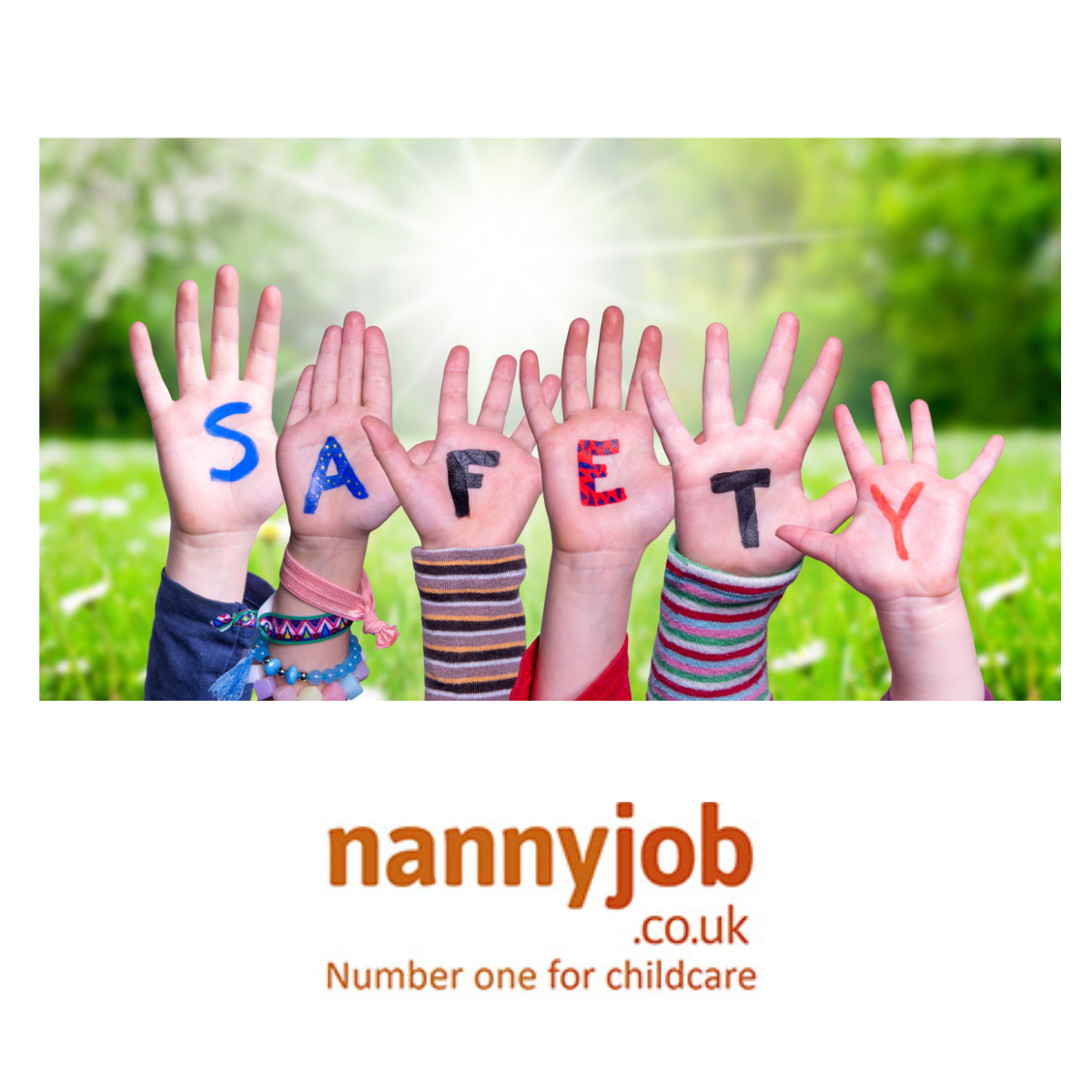Children’s safety is a paramount concern for parents, nannies, and caregivers alike. From ensuring a safe home environment, managing food preparation, administering first aid, and even monitoring online activities – each facet of a child’s life presents unique safety considerations.
First Aid Knowledge
As a nanny, being equipped with first aid knowledge is not just an asset – it’s a must. Familiarize yourself with basic procedures such as CPR, dealing with choking incidents, treating cuts and bruises, and handling allergic reactions. Attend accredited First Aid courses, and keep your certification up-to-date.
Safe Food Preparation
Food safety is critical, especially with younger children prone to foodborne illnesses. Wash hands before handling food, ensure ingredients are fresh and properly stored, and maintain clean kitchen surfaces. Be aware of any food allergies the child may have and adjust meal preparations accordingly.
A Safe Home Environment
Keep an eye out for potential hazards within the home. Childproof the house by securing loose cords, placing safety gates where necessary, and ensuring harmful substances are out of reach. Regularly inspect toys for broken parts that could pose a choking risk.
Online Safety
In our digital age, online safety has become an increasing concern. As a nanny, part of your role might involve managing children’s internet use. Discuss online safety rules with the children and their parents, ensure privacy settings are appropriately set, and always monitor children’s online activities to safeguard them from potential digital threats.
Remember, safety is not a one-time checklist, but a continual process of vigilance, education, and communication with both parents and children. What safety measures do you implement in your nanny role? Let’s discuss and learn from each other.



 With the cost of living on the increase and many of us watching the pennies (and pounds!) you might decide to recreate some of the fun at home with sparklers or by building a small bonfire with older children, maybe even doing some campfire cooking. The most important thing to keep in mind is that fire, and fireworks, are dangerous.
With the cost of living on the increase and many of us watching the pennies (and pounds!) you might decide to recreate some of the fun at home with sparklers or by building a small bonfire with older children, maybe even doing some campfire cooking. The most important thing to keep in mind is that fire, and fireworks, are dangerous. Whilst being outside and exploring is a fun way for children to spend their time, sometimes these activities can lead to accidents. Common injuries that can occur include cuts and grazes, bumps to the head, sprains and foreign objects in the eye.
Whilst being outside and exploring is a fun way for children to spend their time, sometimes these activities can lead to accidents. Common injuries that can occur include cuts and grazes, bumps to the head, sprains and foreign objects in the eye.